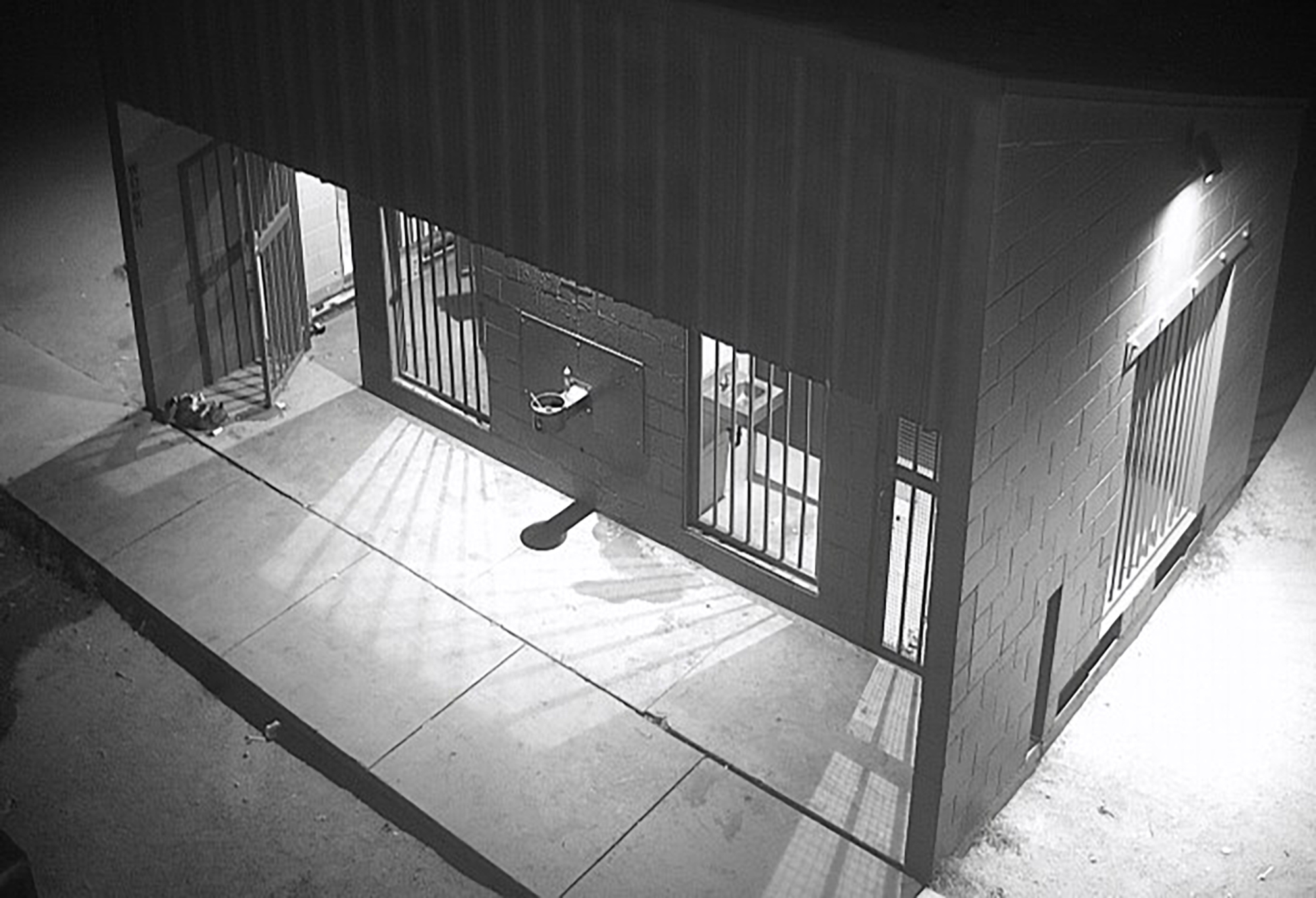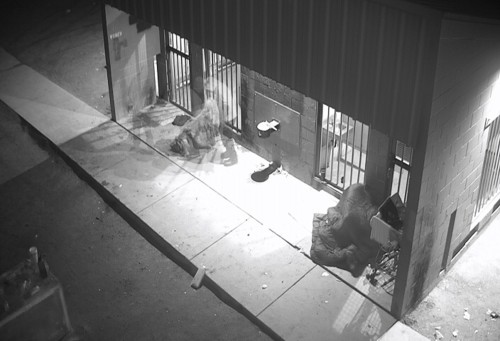Veiled Realities
Fentanyl and other opioids are fueling the worst drug crisis in the history of the United States. According to the CDC, 107,375 people in the United States died of drug overdoses and drug poisonings in the 12-month period ending in January 2022. A staggering 67 percent of those deaths involved synthetic opioids like fentanyl. Furthermore, synthetic opioid-involved death rates increased by over 56% from 2019 to 2020 and accounted for over 82% of all opioid-involved deaths in 2020. The rate of overdose deaths involving synthetic opioids was more than 18 times higher in 2020 than in 2013. [Source]
I found this public bathroom in 2021. A place where drug addicts come to buy, sell and use.

The choice to use superposition in this project serves as a (perhaps evident) metaphor for the societal invisibility faced by the homeless. By rendering these individuals as ghosts, the project poignantly highlights how society often overlooks or chooses to ignore the harsh realities faced by the homeless population. This project aims to raise questions about what it means to be seen and acknowledged as a full participant in the human community.





















The superimposed, ghostly figures also symbolize the fragility and vulnerability of human life, especially within the context of addiction and homelessness. These are not merely subjects of a photograph but are emblematic of broader existential and ethical dilemmas.
A note on the the ethical implications of artistic representation
This project navigates a fine ethical line. The technique of superposition (intended both to portrait the ghost metaphore but also as a way to protect the identity of this people) may be seen as a form of dehumanization or abstraction of real human suffering. The project also engages with the concept of the gaze, particularly how it is directed towards marginalized communities. The homeless individuals who frequent this bathroom for illicit transactions are already vulnerable, often subjected to societal neglect and institutional surveillance. By focusing the artistic gaze upon them, the project risks exacerbating their objectification, reducing their complex personal stories to mere spectacles of desperation. This raises critical questions about portraying vulnerable populations. Is it ethical to represent individuals in a manner that abstracts their human form, even if the intention is to highlight their plight? Furthermore, does this representation risk romanticizing or aestheticizing their suffering, thus diluting the urgency of their situation in the eyes of the viewer? Is it possible to capture this realities without further contributing to the subjects' marginalization?
I was asking those questions to myself when in 2024, after some manteinance, someone decided to paint the bathroom with more vivid colors.









